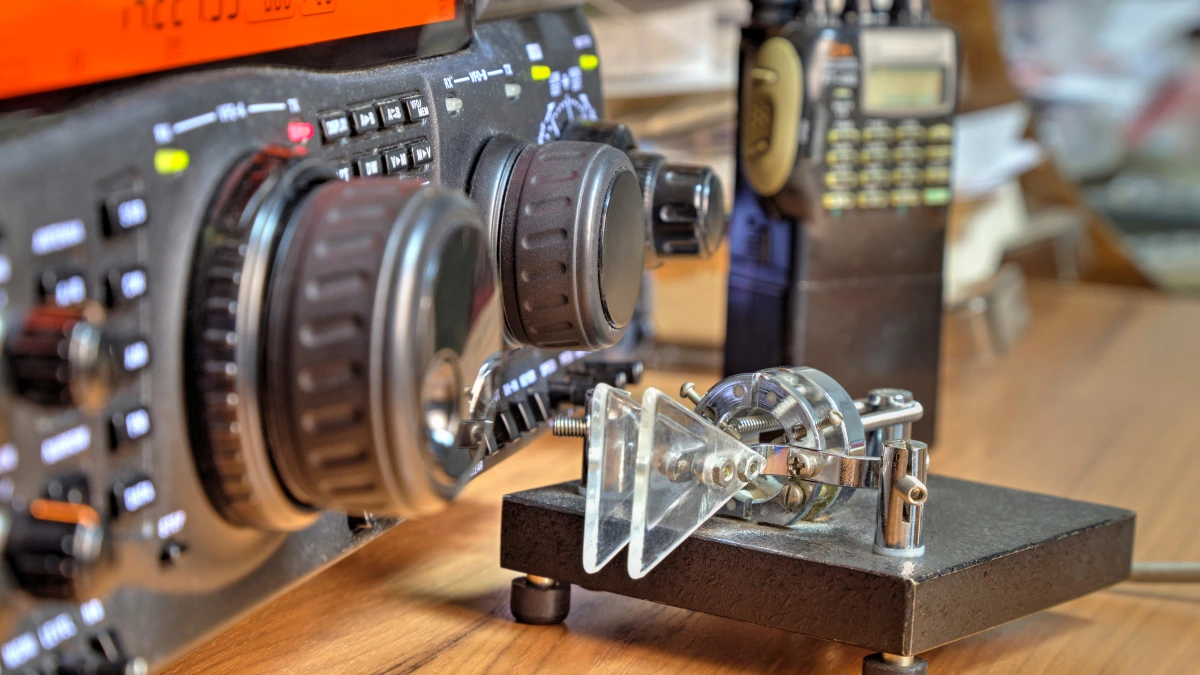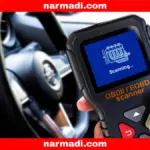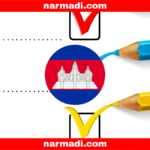In the current era, fast communication is a necessity for everyone. Therefore, many technologies are trying to fulfill these needs, one of which is a radio rig.
When there is no cellular signal and in an emergency, a radio rig is a solution to still be able to have two-way communication.
Are you familiar with this Handy Talkie-like device? This article will explore information related to radio rigs, from their definition, function in communication, how they work, and their regulation in Indonesia.
Also Read
Table of Contents
What is a Radio Rig?
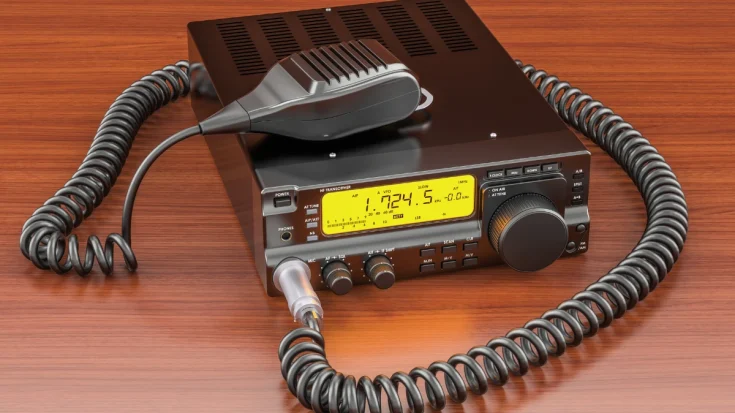
A radio rig is a two-way communication device that is often used for amateur communications, emergency operations, and military activities. As the name suggests, the device is used to send and receive radio signals using UHF or VHF frequencies. Uses of this device include
The term “rig” itself comes from the English word for ‘device’ or “system”. A rig is usually a portable, mobile (vehicle-mounted), or base station (fixed location-mounted) device. Thus, all systems used to communicate via radio waves are radio rigs.
In order to maximize the sending and receiving of radio signals, this communication device consists of several main components, namely transmitters, receivers, antennas, and control systems. The device have a wide range of up to tens of kilometers.
The Functions of Radio Rig
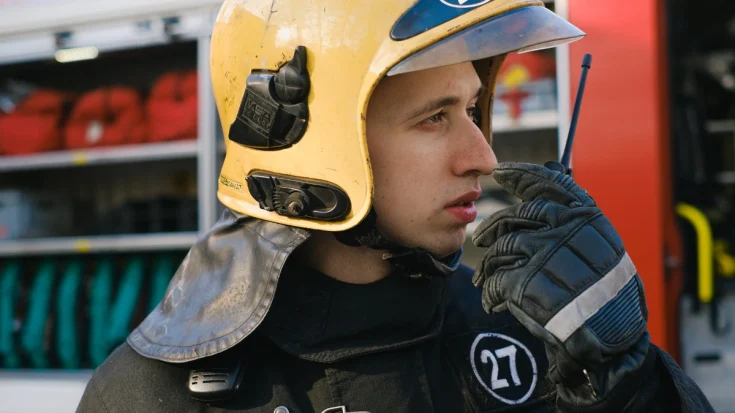
Radio rigs that use radio frequencies have several functions for communication purposes. Here are some of its main functions:
1. Two-way communication
One of the functions of this device is two-way communication. This device is like a telephone but uses radio waves. The only difference is that to speak and listen, the user must do it alternately.
2. Alternative communication
When in areas that are difficult to reach cellular signals, or in emergency conditions, sometimes the telephone cannot function properly. This is where the device come in as a reliable communication solution that does not rely on cellular signals.
3. Instant communication
Another advantage of this device is instant communication. In emergencies that require instant communication, this device can be a communication solution between teams or group members for quick coordination.
4. Reaching a large area
Reaching a large area is the function of a radio rig. Unlike handy talkies that only have a small transmitting power, radio rig have a larger transmitting power, so that the range is wider.
5. Multiple purposes
The device’s limitations on cellular signals make this device widely used in various fields. These devices are commonly used in transportation, security, business, and amateur radio.
How does Radio Rig Work?
Radio rigs work in two-way communication using radio frequencies. The device works by converting the sound of a person speaking while pressing a button into an electromagnetic signal.
Then, the signal is sent through the air and captured by the receiving radio rig. The receiver then converts the electromagnetic signal into sound again. The radio rig does work with a fast process, given its need for emergency communication.
But the work of this device is highly dependent on the accuracy of the frequency and the quality of the antenna. To amplify the signal in a particular location, it sometimes requires repeaters to keep the communication stable.
Radio Rig Regulation in Indonesia
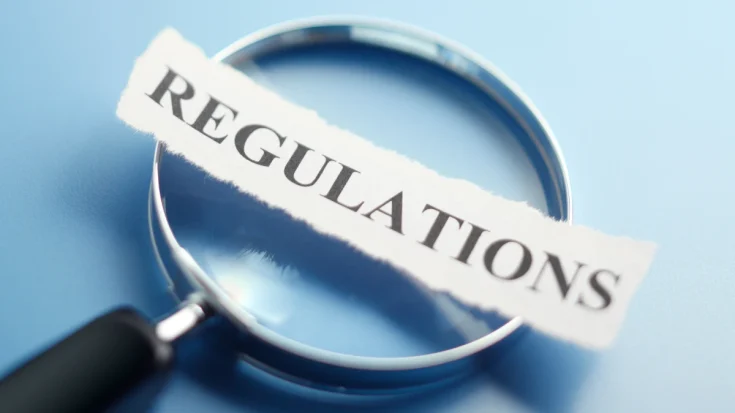
The radio rig uses wireless communication technologies that operate within a specific frequency spectrum. In Indonesia, a wireless device is required to have a DJID (Directorate General of Digital Infrastructure) under the Ministry of Communication and Digital (KOMDIGI).
Radio rig regulation is based on Director General Regulation (PERDIRJEN) No. 171 Tahun 2009 which requires all radio frequency-based devices to meet specific technical standards before being sold in the country.
The DJID certification ensures that the product meets government safety and quality regulations and does not interfere with other communication devices. The certification process involves technical testing, such as frequency adjustments, safety checks, and compatibility with the surrounding environment.
Once the tests are completed, products that pass are listed in a Test Result Report, which confirms that the product is safe and ready for sale in Indonesia. This report reassures customers that the product meets technical standards and is secure.
For companies wanting to sell a radio rig in Indonesia, Type Approval Certification Services for ICT Products are available to assist with this process. This service includes preparing technical and legal documents, conducting required testing, ensuring compliance with regulations, helping companies streamline the certification process, and giving consumers confidence in certified products. – UN.

